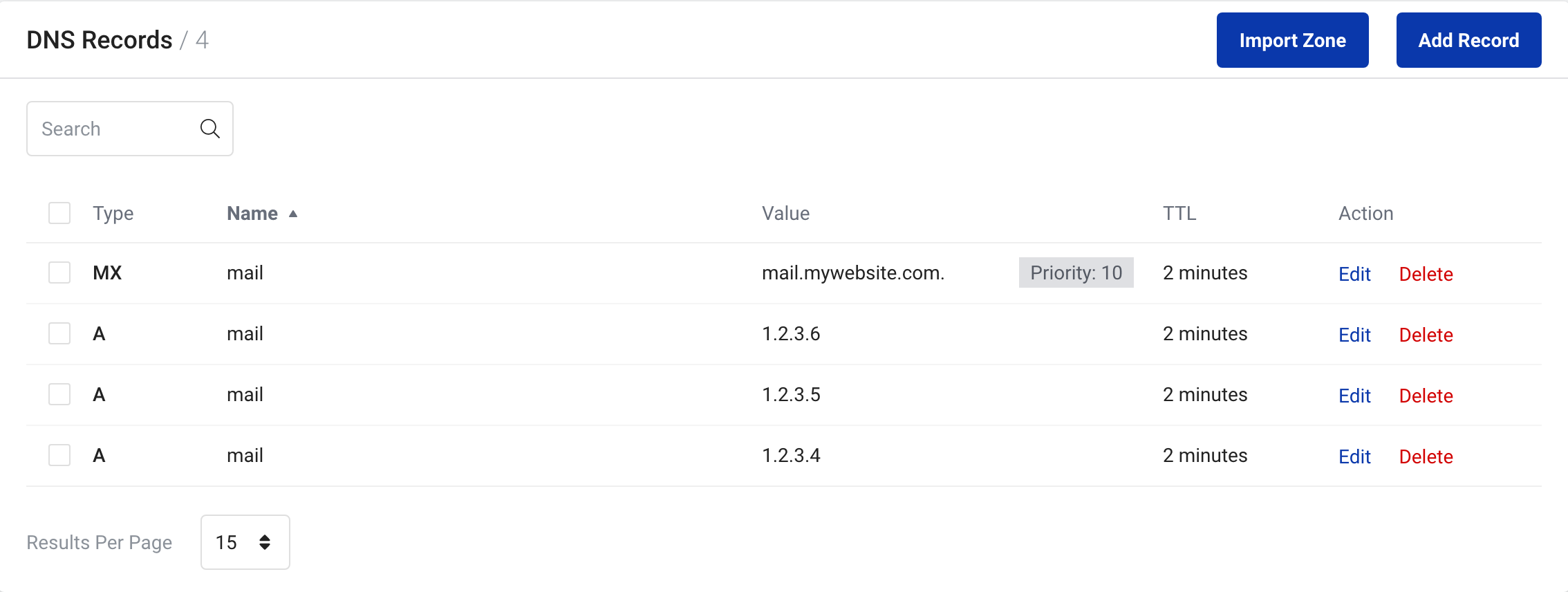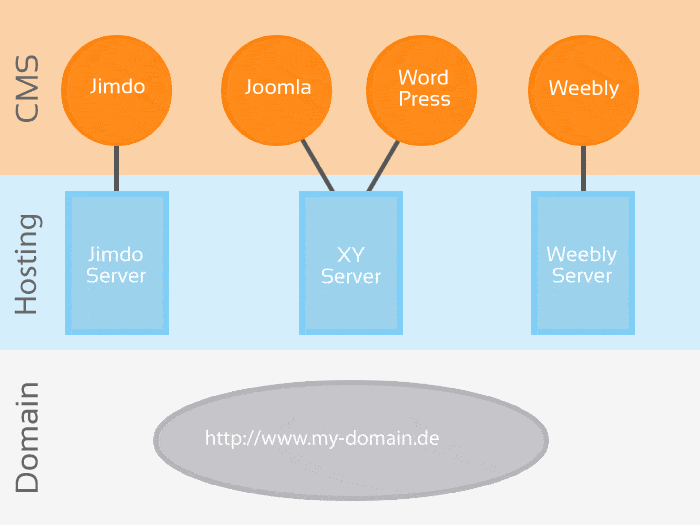
When it comes down to hosting your website, you have a few options. The most common option is shared hosting. This is an affordable way for many people to host a website. If you are looking to make your website more secure and fast, then you should upgrade to VPS hosting.
Shared Web vs Vps Hosting
The benefits of a VPS are many. It is much faster. With a virtual private server, you can get more computer resources to help load your website faster. It's also safer since you won't have to share your hosting space with hundreds of websites.
It's also easier to scale up or down your hosting if necessary. This is a major benefit if you have multiple sites or are expanding your business.
Upgrade your VPS hosting as your site grows. This is useful if you have a large amount of data to store or your traffic levels change frequently.

If you have many visitors who come in big bursts or your website is growing quickly. In this case, the shared hosting service can't handle your traffic.
VPS hosting provides more headroom, with resources exclusively dedicated to your website. This will allow your site to handle more traffic and still be fast and reliable.
In addition, VPSs are generally cheaper than dedicated servers. This allows you to save some money, while still getting the best solution for your requirements.
The best thing about a VPS is that it is usually scalable. You can adjust your resources to meet your needs, and your website will be always up and running.
This is perfect for small companies who require the flexibility of a virtual private server, but don't want to be isolated or have their OS and applications customized. It is also great for those that do not have enough staff or knowledge to manage, patch, and secure their own servers.

You can customize your VPS with software like cPanel WHM and EasyApache. WebHost Manager is one of the specialized VPS softwares.
There are several advantages to a VPS over a shared server, but the biggest advantage is that it is faster and more secure. This is because your website will be isolated from other sites by the virtual environment.
It's ultimately up to you to choose the hosting plan that is right for your website. You should choose a VPS hosting plan or shared hosting that provides the features you require at a price you can afford.
FAQ
What is responsive web design?
Responsive Web Design, also known as RWD, is a way of designing websites so that content displays on all devices. This includes desktop computers, tablets (tablets), smartphones, etc. This allows users to view a website on one device simultaneously but still access other features such as navigation menus, buttons, etc. RWD aims to ensure that every user who views a site is able to view it on any screen size.
You would, for example, want to make sure that a customer can view your website even on a mobile device.
Responsive websites will adjust their layout according to the device that is being used. Your laptop will view the website exactly as a normal desktop site. The page will look completely different if it's viewed on your smartphone.
This means that you can create one website that looks great across all devices.
How do I choose the right domain name?
It is important that you choose a domain name that is memorable. It is essential to have a unique domain name. People will not be able find you when they search your product.
Domain names need to be short and simple to remember, relevant for your brand, and unique. It is ideal to have something that people can type into their browser.
Here are some tips to help you choose the right domain name.
* Use keywords relevant to your niche.
* Avoid hyphens (-), numbers, and symbols.
* Don't use.net or.org domains.
* Don't use words that have been used before.
* Avoid generic terms such as "domain" and "website".
* Check that it is available.
Can I build my website using HTML & CSS?
Yes! If you've read this far, you should now know how to create a website.
Now that you are familiar with how to create a website's structure, you will also need to be familiar with HTML and CSS programming.
HTML stands to represent HyperText Markup Language. Think of it like writing a recipe for a dish. You'd list the ingredients, instructions, along with directions. HTML is a way to tell a computer which parts are bold, underlined, italicized or linked to other parts of the document. It's the language of documents.
CSS stands for Cascading Style Sheets. This is a stylesheet for recipes. Instead of listing every ingredient and instructions, you create general rules about font sizes, colors, spacing and other details.
HTML tells a browser how to format a webpage; CSS tells a browser how to do it.
Don't worry if you don't know the meaning of either one of these terms. Follow these tutorials, and you'll soon have beautiful websites.
Web development is hard?
Web Development is hard but you can learn it if you are passionate about coding.
It is as easy as finding the right tools for you and following them step by step.
Many tutorials are available on YouTube and other platforms. There are also free online programs like Sublime Text and Notepad++.
Books are also available in libraries and bookstores. Some of the most sought-after books are:
"Head First HTML & CSS" by O'Reilly Media
O'Reilly Media's Head First PHP & MySQL 5th edition
Packt Publishing, "PHP Programming For Absolute Beginners",
I hope this article helped you.
Can a strong portfolio make me more likely to get hired as web developer?
Yes. You must have a portfolio to be considered for a job in web development or design. Your portfolio should show examples of your skills, experience, and knowledge.
Portfolios usually include samples of past projects. These could be any project that showcases your talents. You should have everything in your portfolio, including mockups.
What technical skills do I need to design and construct my site?
No. It doesn't matter what HTML or CSS you know. You can easily find tutorials online that teach both HTML and CSS.
Can I create my own website with HTML & CSS?
Yes, you can! It's possible! You need to have basic knowledge in web design and programming languages, such as HTML (Hyper Text Markup Language), CSS and Cascading Style sheets (Cascading CSS Sheets). These two languages allow you to create websites that can then be viewed by anyone who has access to your internet connection.
Statistics
- It's estimated that in 2022, over 2.14 billion people will purchase goods and services online. (wix.com)
- It's estimated that chatbots could reduce this by 30%. Gone are the days when chatbots were mere gimmicks – now, they're becoming ever more essential to customer-facing services. (websitebuilderexpert.com)
- The average website user will read about 20% of the text on any given page, so it's crucial to entice them with an appropriate vibe. (websitebuilderexpert.com)
- Studies show that 77% of satisfied customers will recommend your business or service to a friend after having a positive experience. (wix.com)
- Did you know videos can boost organic search traffic to your website by 157%? (wix.com)
External Links
How To
How do I get started in UI Design?
There are two routes to becoming a UI Designer:
-
You can also go to school and get a degree as UI Design.
-
It is possible to start a freelance career.
To be able to enter school, it is necessary to attend college/university and complete four years. This covers art, business, psychology, and computer science.
There are also state universities and community colleges that offer classes. Some schools offer free programs, while others charge tuition fees.
You'll need to find work once you have graduated. If you are going to be working for yourself, you will need to build your client list. It is essential to establish a professional network so other professionals know you exist.
Also, you can look for internship opportunities at companies that are specialized in developing web apps. Many companies hire interns before they hire full-time staff.
It will be easier to land more jobs once you have a portfolio of your work. Your portfolio should include work samples as well as details of the projects that you have worked on.
It's a smart idea for you to send your portfolio by email to potential employers.
As a freelancer, you will need to market yourself. You can post your services on job boards, such as Guru, Indeed, Guru or Upwork.
Freelancers often receive assignments from recruiters who post openings online. These recruiters look for qualified candidates to fill specific positions.
These recruiters typically provide the candidate with a project brief outlining the position's requirements.
While freelancers aren't required to sign contracts for a long time, they can still be paid. You should negotiate an upfront payment if your goal is to move forward.
Many designers prefer to work directly with clients rather than through agencies. This may sound ideal but many people lack the skills.
Agency workers typically have extensive knowledge of the industry they're working in. They have access to resources and training that enable them to produce high quality work.
In addition to these benefits, agency workers usually receive a higher hourly rate.
However, the disadvantage of working with an agency is not having direct contact with your employer.
Being a successful UI designer requires you to be self-motivated, creative.
It is also important to have great verbal and written communication skills.
UI designers are responsible in designing websites through the creation of user interfaces (UI), as well visual elements.
They are also responsible in ensuring that the site meets all users' requirements.
This includes understanding the information that visitors require and how the site should function.
UI designers use various tools to create wireframes. Before they begin designing, wireframing allows them to visualize the page's layout.
There are many wireframe templates available online. Anyone can create their own wireframes.
Some designers only focus on UI design. Others combine UI and graphic design.
Photoshop is used by graphic designers to edit images.
They then use Adobe InDesign to lay out pages and layouts.
Photographers capture images using digital cameras or DSLRs.
Then, they upload the photos to a photo editor program, where they add captions and filters.
After the shoot, the photographer saves and archives the image in a format compatible with website.
It is important to take into consideration all aspects of the design process when building a website.
This includes research planning, wireframing and prototyping, as well as testing, coding, content generation, and publishing.
Research – Before starting any new project, it is important to conduct extensive research.
Planning - Once your research is complete, you can begin to create a plan.
Wireframing- A wireframe - A wireframe represents a sketch of an application or web page.
Prototyping - Prototypes help ensure that the final product matches the initial vision.
Testing - Multiple rounds of testing should be done on the prototype to make sure it works properly.
Coding – Coding is the art of writing computer codes.
Content Creation – Content creation includes everything, from the writing of copy to managing social networks accounts.
Publishing means uploading files onto a server and making the site accessible.
You'll need to be able to understand the different projects you work on as a freelance UX/UI Designer.
Some companies may only need wire frames while others require complete prototypes.
Depending on which type of project you accept you might be asked to do specific tasks.
For instance, if your job is to create wireframes you might have to make several over the course of time.
If you're required to build a complete prototype of a website, you may also be required to design a fully functional version.
No matter what type of project you are working on, it is important to have good interpersonal skills.
Since most clients hire freelancers based on referrals, you must build solid relationships with potential employers.
Furthermore, you should be able and able to communicate both verbally AND in writing.
A portfolio is an important part of any freelancer's arsenal.
It showcases your work, and demonstrates your ability deliver high-quality outcomes.
Online portfolios can help you do this.
Find websites similar in your niche to get started.
These sites can be searched to determine which services they offer.
Once you identify what you think are the best practices, go ahead and adopt them.
It's also helpful to include links to your portfolio within your resume.